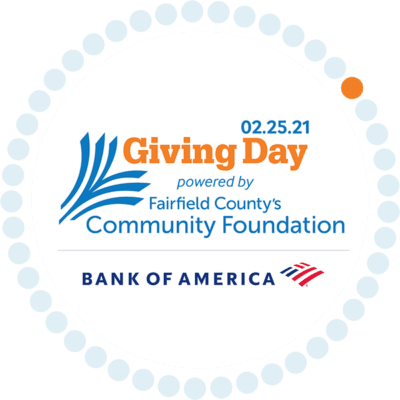One Patient’s Recovery from Joint Replacement Surgery
If you had spoken with Danbury resident Diana Barchi in early May, she probably would not have imagined she’d soon be walking laps around the RVNAhealth grounds — relatively pain free. Her knee was that bad. But on May 9, the active 90-year-old had total knee replacement surgery. And with RVNAhealth’s help, she’s made steady progress on her recovery.
Barchi’s story began earlier this year at her part-time residence in Florida. While walking to the mailbox one morning, she was suddenly unable to bear weight on her leg and walk. As she explains it, her arthritis, which had previously been manageable, had finally caught up with her. Fortunately, with family visiting from Connecticut, she was able to return home to take care of it. The solution was a total knee replacement followed by physical therapy. Instead of going to an inpatient rehabilitation facility after the hospital, Barchi decided to go home to start her therapy there. And RVNAhealth was right there with her to meet all her needs – from physical therapy and extra assistance at home while she recovered, to outpatient PT at Rehab by RVNA.
“I was afraid going home from the hospital would be awful at first,” she says, referring to both her pain and limited mobility. “Then (RVNA physical therapist) Tricia showed up the next day and started encouraging me. I kept saying ‘No, I can’t do it,’ but she helped me, and I did it.”
All told, Barchi received at-home physical and occupational therapy, as well as skilled nursing services to assist her when she first returned from the hospital. She then made a seamless transition to Rehab by RVNA where she continues her therapy as an outpatient.
“Following a patient right from the time they get home from the hospital is incredibly important to the therapy process,” says RVNAhealth Director of Rehabilitation Services, Gigi Weiss. “The patient benefits from the continuity of having one agency provide all of their treatment and therapists who understand the patient’s complete medical history and path to recovery.”
Barchi’s progress is a case in point. “I started with exercises on my bed. Pretty soon, Tricia had me up and walking, and doing even more exercises.” Now, at Rehab by RVNA, Barchi is working on more advanced skills such as increasing her knee range of motion and strength, improving her balance, walking up and down stairs, and getting around outside independently.
As her therapy progresses, Barchi is looking forward to getting back to some of her favorite activities – cooking, baking, and gardening. A Danbury native, Barchi and her siblings, ranging in age from 88 to 97, regularly get together for family gatherings. After years as a stay-at-home mom, she began her career as laundry supervisor for a local nursing home at age 50, retiring 30 years later. Along the way (in her 70s), Barchi broke both wrists in a fall. Determined, she went back to work as soon as she recovered. It wasn’t until age 80 that Barchi finally decided to retire. Still, she says she loved working and sometimes thinks she’d like to go back.
In the meantime, Barchi will continue her therapy at RVNAhealth, which is scheduled to conclude on July 10, just 2 months from the day of her surgery.
“I have nothing but accolades for the RVNAhealth physical therapists and staff at Rehab by RVNA,” she says. “I love the people I’m working with here. That’s sincere, you know. I’m so glad I didn’t go to a nursing home!”


